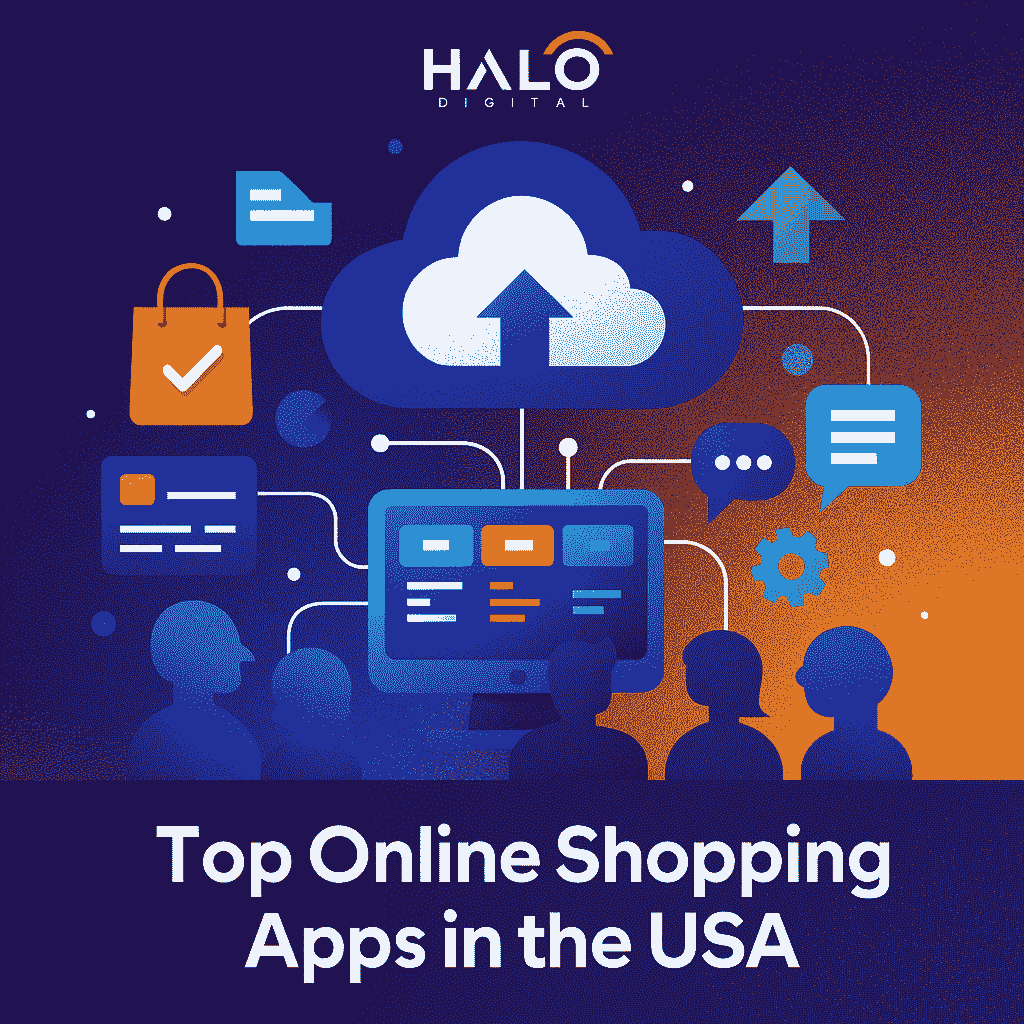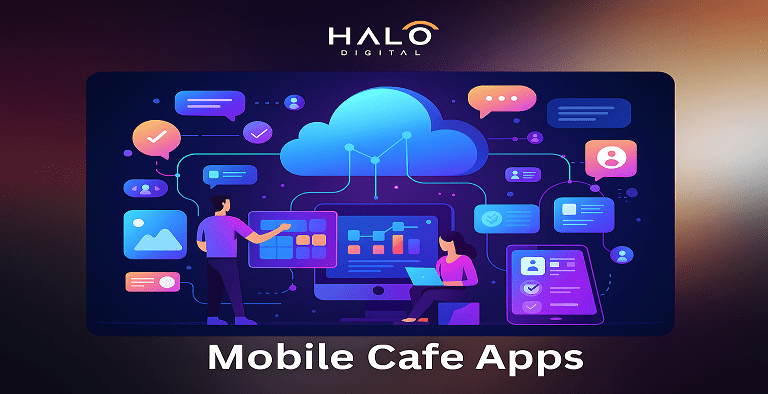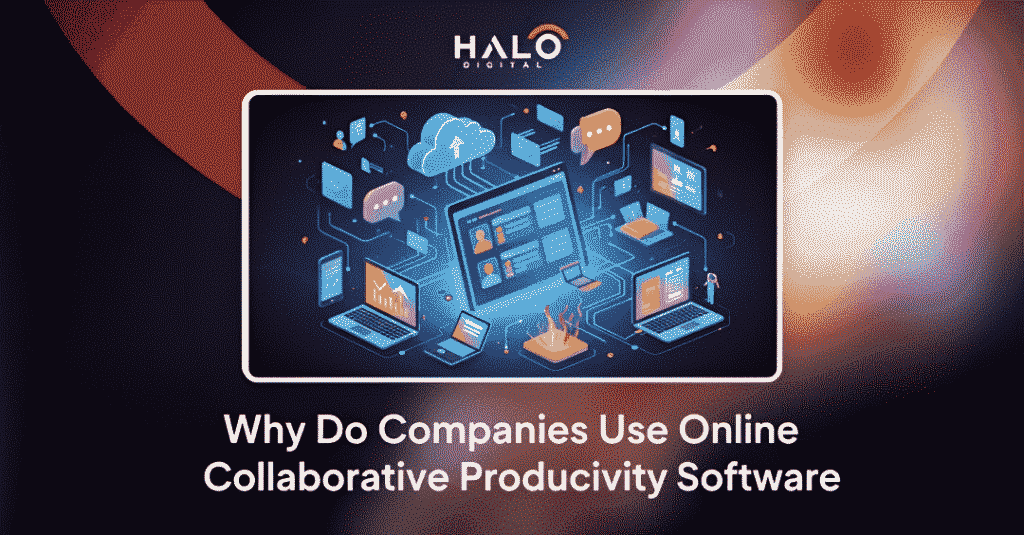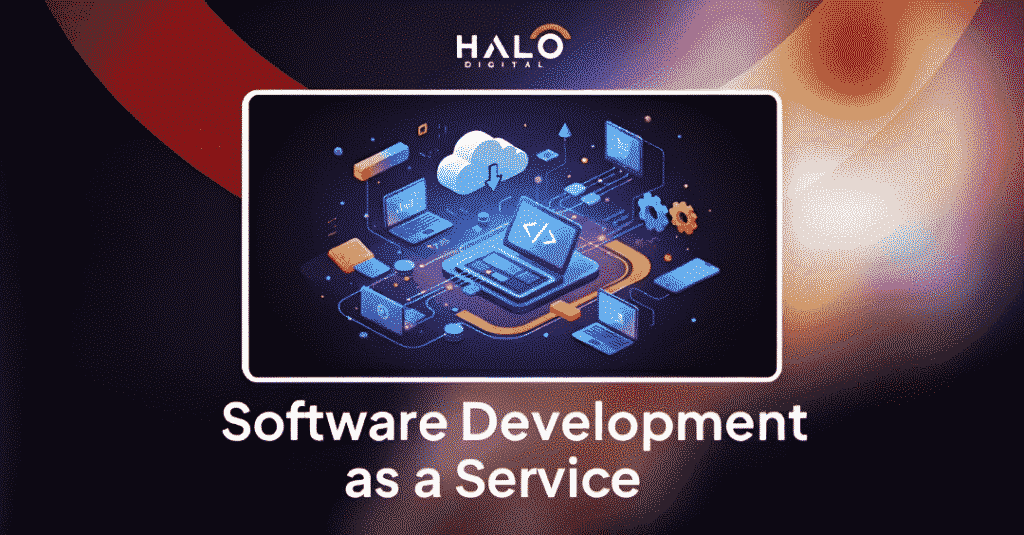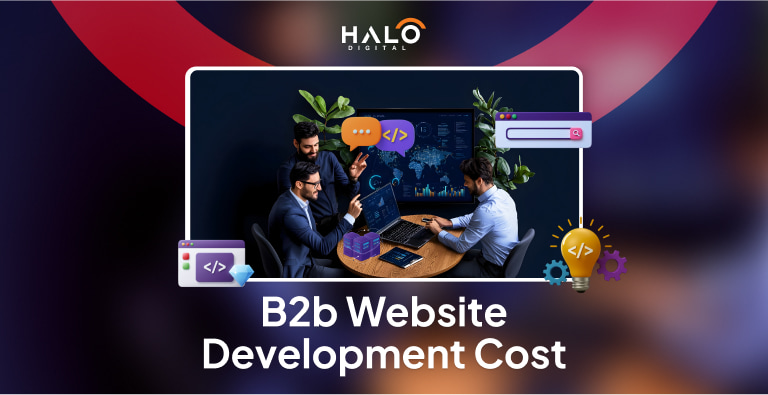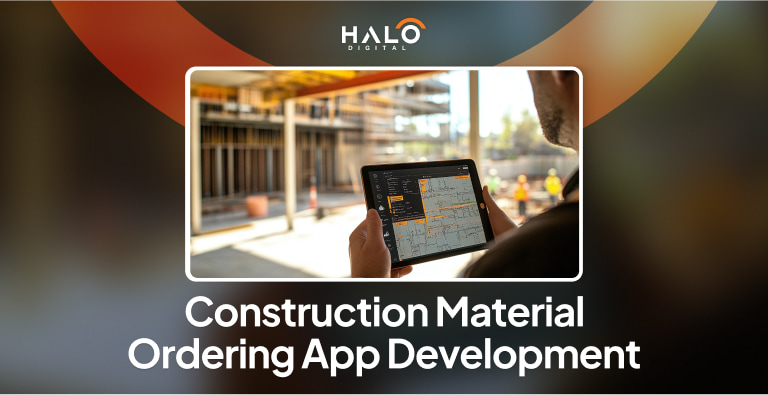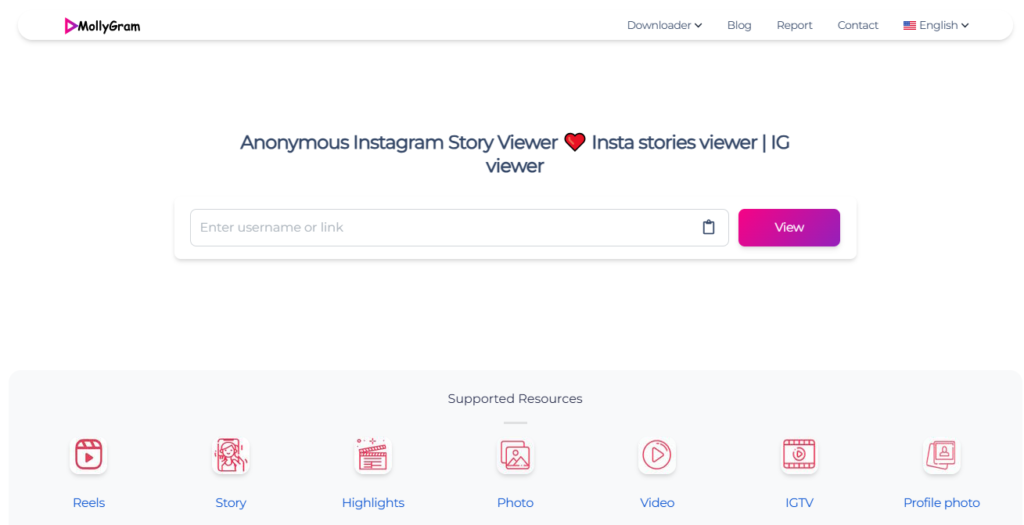- Over 65% of enterprises are investing in custom software development to modernize outdated systems and meet unique business needs.
• Custom enterprise applications provide flexibility, deep integration, and long-term ROI compared to off-the-shelf tools.
• Low-code platforms like Mendix and Microsoft Power Platform speed up development while supporting enterprise scalability.
• For complex or AI-driven solutions, custom tech stacks such as .NET, Java EE, or Node.js offer maximum control and performance.
• The future of enterprise software in 2025 is driven by AI, microservices, serverless computing, and Zero Trust security.
According to reports, over 65% of enterprises are now investing in custom software development to replace outdated systems and meet unique operational needs.
Choosing the best enterprise software solutions for custom app development is a strategic necessity.
In this article I combine industry insights, lessons from real client projects, and careful comparison to guide you in selecting, implementing, and maintaining enterprise software platforms for custom enterprise app development.
You’ll see why generic tools often fail, how tailored enterprise applications deliver value, and how to spot the ideal platform amidst powerful options.
Why Enterprises Need Custom App Solutions
Enterprises face unique business logic, evolving needs, and integration complexity. Off-the-shelf software often lacks flexibility and can block growth.
Custom enterprise app development lets you tailor features, integrate deeply, and scale as you mature. This ensures your software continues to deliver returns rather than constraints.
The same principle applies when teams adopt collaborative digital ecosystems, as I explained in our guide on why companies use collaborative productivity software. Integrated systems empower teams to reduce redundancy and accelerate workflows across departments.
Limitations of Off-the-Shelf Software
Many businesses start out with prepackaged solutions, such as ERP or CRM modules. However, these products have restrictions:
- They don’t always match the internal workflows.
- The customization options are limited and costly.
- Integrations with niche or older systems are often broken after upgrades are completed.
- You can purchase features that you will never use.
- The risk is lock-in by the vendor or forced migration as the software is updated.
For instance, when we compared traditional ERP tools with modern mobility-focused platforms in our analysis of mobile enterprise resource planning (ERP) apps, it became clear that flexibility and scalability are often compromised in off-the-shelf solutions.
Benefits of Tailored Enterprise Applications
In my experience, a mid-sized logistics firm cut manual work by 40% after we replaced several silos with a unified custom enterprise app built on an extensible platform.
When properly built If designed properly, custom enterprise app solutions provide:
- A perfect conformity with business logic
- More efficient (by getting rid of modules that aren’t being used)
- Easy integration with your system (ERP, CRM, Databases)
- Agility to pivot or add features in the future
- Competitive advantage through proprietary features
- Lower costs for long-term licensing or maintenance (if you have the code)
Trends Driving Demand in 2025
These developments suggest that enterprise software platforms must support change, innovation, and compliance. rapid change, not static features.
- The rise of low-code or no-code developer tools makes application development available to non-coders
- Rapid growth in the use of microservices and serverless and modular architecture
- The need for privacy and regulation has increased.
- AI/ML integration to help with automated predictive analytics chatbots
- Firms are pushing digital transformation in order to stay competitive during fast change cycles
What Defines "Best Enterprise Software Solutions" in 2026
The most reliable enterprise software solutions are able to balance strength and flexibility. They can scale, integrate with security, remain secure, and grow in time. They are modular API ecosystems and predetermined cost structures.
The ideal platform should accommodate the ever-changing requirements of AI as well as compliance and multi-cloud requirements.
Scalability & Performance Requirements
A platform needs to handle the an increase in data, user modules, and workloads:
- Horizontal scaling (ability to add instances or nodes)
- Processing large datasets, concurrent users, real-time analytics
- Performance in peak load conditions
- Efficient caching, queuing, partitioning
When I selected platforms for clients I have worked with, I tried out mock loads far above the levels of traffic. A platform that collapsed under stress was ruled out before the platform was able to withstand stress.
Integration Capability & API Ecosystems
Platforms with weak integration require you to develop heavy middleware, which adds the burden of maintenance.
- Rich APIs, webhooks SDKs, and APIs for integrations
- Support the most popular standard (REST, GraphQL, event streams)
- Connector marketplaces or pre-built adapters
- Let bidirectional syncs be made with CRM, ERP, and messaging databases.
Security, Compliance & Governance
When working with finance or health clients, I will ensure that every module is able to bypass audit logs as well as encryption guidelines. A reliable system incorporates access control based on role, SSO, and encryption during transit and at rest.
It should also be compliant with standards such as GDPR and HIPAA while maintaining a strong oversight over third-party plugins and extensions.
We’ve seen similar priorities emerge in sectors like insurance and fintech, detailed in our insurance app development guide, where compliance and security frameworks define the foundation of every enterprise-grade solution.
Extensibility & Modularity
Enterprise software must be flexible and adaptable. The most efficient platforms employ modular architectures that allow you to modify or eliminate features without interrupting the functionality of the core.
This flexibility is able to support updates and versioning, as well as specific toggles for clients, which reduces the possibility of downtime or total rebuilds as the company grows.
Cost Efficiency & Lifetime ROI
The true cost goes beyond licensing. Think about maintenance, hosting, and staffing when assessing the total cost of ownership.
Based on my experience, investing in solid platforms will yield returns in two years, whereas cheaper alternatives can cost more in the long run because of performance issues and more frequent maintenance requirements.
This ROI-driven approach aligns with the broader digital investment mindset we outlined in software development as a service (SDaaS), where outsourcing and scalable models improve cost efficiency without compromising on control.
Disjointed systems, limited flexibility, and high maintenance costs can make it harder to scale. Halo Digital builds custom enterprise solutions that align with your operations, simplify complexity, and support growth through secure, future-ready technology.
Top Enterprise Software Platforms for Custom App Development
Below are some of the most popular enterprise software platforms that leading development firms like Halo Digital use to build custom enterprise applications.
Each platform offers a strategic balance between control, scalability, and speed, helping organizations modernize outdated systems, streamline operations, and achieve long-term ROI.
By understanding how these platforms support innovation and integration, decision-makers gain clearer insight into their digital roadmap.
This helps them evaluate whether to adopt low-code tools for rapid deployment or invest in fully custom tech stacks designed for complex, data-driven, or AI-powered solutions.
Mendix as a Low-Code/Pro Platform
Mendix is among the oldest low-code professional platforms that are suited for enterprises. It is a combination of visual modeling, a drag-and-drop interface, and the ability to insert customized code whenever required.
It is able to deploy multiple cloud services and provides modular extensions. Many companies choose Mendix to speed up their processes without losing control.
Microsoft Power Platform & Power Apps for Enterprise Use
Microsoft Power Platform (Power Apps, Power Automate, and Power BI) allows businesses to create customized solutions quickly and with an integrated and tight integration with Microsoft’s Microsoft stack (Azure, Dynamics 365, and Office 365).
If you have a business that has invested in Microsoft, this is an easy extension. It is possible to implement business applications as well as workflows, dashboards, and workflows at a minimal cost while connecting to more systems.
WaveMaker & Other Low-Code Platforms
Other options include WaveMaker, OutSystems, Appian, and Kissflow. Gartner lists platforms like Kissflow as enterprise low-code application platforms with strong ratings.
Each comes with tradeoffs. For instance, platforms can be great at process automation but struggle with massive data-intensive workloads. I often test a pilot on a variety of platforms prior to complete adoption to assess the real performance.
Full Custom Stacks: .NET, Java EE, Node.js, Cloud-Native Frameworks
In some instances the low-code approach won’t be enough, particularly for highly specialized processing, logic, and AI modules. This is where custom stacks are needed:
- .NET C# /.NET for Windows or Azure ecosystems
- Java EE / Spring Boot to build robust, scalable enterprise systems
- Node.js Express/Node.js NestJS for API or event-driven services
- Cloud-native frameworks (e.g., serverless, microservices, Kubernetes)
Custom stacks provide the most flexibility. However, they require more development effort, oversight, and the rigor of architecture.
When I manage enterprise-level projects, I usually employ a hybrid approach: I use low-code for the standard modules and custom stacks for more complex processing as well as AI processing.
Custom Enterprise App Development: Key Considerations & Best Practices
The process of creating a custom enterprise application is more than just programming.
The success of the app is contingent on following the strategy, choosing the right architecture, managing the delivery process, preparing for maintenance, and ensuring security and compliance.
Here are the most important methods I frequently employ to ensure that projects are managed safely.
Aligning software and business goals
Many businesses create applications that are not linked to actual business requirements. I always link every feature to clear goals and metrics that can be measured.
This ensures that the application is able to support workflows, helps users effectively, and provides an impactful result instead of creating unnecessary complexity or a new feature.
Choosing the Right Architecture & Tech Stack
Architecture is a way to ensure flexibility and stability. When it comes to monoliths or microservices or SQL or NoSQL databases, the choice of which you choose must be aligned with the objectives of the project.
I’ve discussed architecture patterns in greater depth in our article on web application architecture, where we break down how microservices and modular structures enhance scalability in enterprise projects.
I test my ideas with quick prototyping and decision matrices in order to save on costly overhauls later. The correct foundation will save you months of development.
Agile Development and Iterative Delivery
Agile techniques such as Scrum and Kanban help teams deliver value quicker and more quickly adapt to changing requirements.
Similar iterative methodologies are also reshaping operational culture in software delivery, as explored in our article on DevOps adoption, which highlights how integration between development and operations accelerates enterprise innovation.
The iterative release process provides real-time user feedback, decreases risk, and helpsfocus on features that have the greatest impact.
In projects for enterprise, it is essential to be flexible to avoid rigidity and obsolete demands.
Ensuring Maintainability & Future Scaling
Maintainable software is more reliable and is less expensive to maintain. I place a high value on unit testing, modular design, detailed documentation, and clear APIs.
Monitoring and logging methods that are well-established guarantee stability and stability. Scalability allows teams to expand on the work of previous teams without major overhauling.
Security, Data Privacy & Compliance
Security is never an option. I begin threat modeling early before release and then penetration testing prior to releasing.
Data privacy has also become central to modern web ecosystems. Our piece on chatbot pros and cons explores how conversational AI introduces new compliance challenges, particularly around data retention and consent.
Through strict access control as well as encryption along with data masking and encryption, I can ensure that the system is in compliance with GDPR and HIPAA. Regularly scheduled audits ensure that the system is safe and legal as time passes.
Where to Find the Best Custom Enterprise Software Solutions
You can locate the top enterprise software solutions through vendor marketplaces and tech companies, low-code/no-code service providers, open-source communities, and recommendations from networking or conferences.
I frequently connect to my network and look at small companies as well as established ones to determine the best fit.
Enterprise Software Vendors’ & Platforms’ Marketplaces
A lot of enterprise platforms operate their own marketplaces or partner ecosystems. Examples include:
- Microsoft Power Platform has a marketplace of connectors, templates and templates
- Mendix offers modules and application templates.
- OutSystems marketplace for components that can be reused
These marketplaces let you mix vetted solutions with your own codes, thus reducing the time to develop.
Developer Marketplaces & Tech Agencies
Platforms like Clutch, GoodFirms, and DesignRush include agencies with portfolios that specialize in customized enterprise software development. For instance, Atiba is often cited as a source for custom enterprise software development methods as well as hybrid frameworks.
I’ve worked personally with smaller agencies that are listed on these websites and vetted their domain knowledge prior to onboarding.
Low-Code/No-Code Solution Providers
Some boutique providers use no-code/low-code platforms to deliver custom enterprise apps quickly. They can be a great option if the domain’s logic is comprehended and the amount of change is minimal. Beware of lock-in from vendors or restrictions later on.
Open Source Communities & Frameworks
Open-source platforms (e.g., ERPNext) offer you complete control. For example, ERPNext is free, open source, and based on a rapid app development framework that provides expansion.
Community contributions can be used to help you or develop your own modules. This requires more internal development capabilities but also provides the most complete control.
Conferences, Tech Networks & Referrals
Never underestimate peer referrals. Tech meetings and software conferences for enterprise and C-level networking networks usually provide reliable suggestions. I’ve had a chance to find a boutique platform vendor recommended during an event; they were an integral partner in three subsequent enterprise apps.
Future Outlook: Enterprise App Solutions & Trends for 2026
The software for enterprises in 2025 is developing faster than ever before. With AI-powered automation and zero-trust security, new technologies are changing the way companies build and deploy applications.
Below, I will discuss the key trends in enterprise software, which will be the guiding force for the development of custom applications throughout the year as well as into the future.
AI/ML and Predictive Capabilities
AI and ML today drive enterprise platforms that go beyond data processing into intelligent decision-making. Automated insights and predictive analytics can help to prevent problems from occurring.
In my research, AI dashboards identified supply chain delays in advance, thereby saving thousands. The most effective enterprise software of 2025 incorporates AI in a native way to help with intelligent, data-driven operations.
Low-Code & Citizen Developer Movement
Platforms that do not require code or low code allow non-developers to develop apps quickly.
They speed up the delivery process and also reduce IT bottlenecks; however, proper management, control of versions, and security checks are crucial for sustainable enterprise application development.
Microservices, Serverless & Edge Computing
Microservices help break down applications into smaller, more scalable modules. Together with edge processing and serverless computing, companies can benefit from greater flexibility and speedier response times.
A similar evolution is visible in the transition from desktop to cloud-native systems, as covered in our comparison of desktop vs. web applications, where modularity and accessibility have become key competitive differentiators.
Modern architectures can reduce the amount of downtime, ease scaling, and are able to handle today’s demanding workloads, which makes them the core of reliable enterprise software solutions for 2025.
Increased Focus on Privacy, Compliance & Zero Trust
As privacy laws are increasing, companies are now adopting Zero Trust frameworks that verify every attempt to access. The most effective solutions incorporate compliance as well as encryption and audit trails right from the beginning.
Based on my experiences working with clients in finance, I have observed that proactive governance and privacy-by-design principles greatly reduce the risk of privacy breaches and boost confidence in users.
How Halo Digital Helps Enterprises Build Better Apps
At Halo Digital, we specialize in guiding organizations through every stage of custom enterprise app development, from discovery and architecture to deployment and maintenance.
Our professional mobile app development services help create scalable, secure, and high-performing applications that solve real business challenges.
In addition to apps, our custom software development services enable enterprises to design and implement complete digital solutions, including backend systems and cloud integrations.
Our team has hands-on experience with low-code platforms, cloud-native frameworks, and custom enterprise software solutions.
We focus on aligning technology with your business goals to deliver measurable results.
We also conduct platform audits to help you identify the most effective enterprise software stack based on scalability, integration potential, and budget. Whether you choose Mendix, Microsoft Power Apps, or a fully custom-built solution, we develop software that grows with your enterprise.
(FAQs)
What is the best enterprise software solution for custom app development in 2025?
There isn’t one universal answer. For many enterprises, Mendix, Microsoft Power Platform, or OutSystems lead the pack due to speed and flexibility. For high-complexity apps, fully custom stacks like .NET or Java EE still dominate.
How do no-code/low-code platforms compare to traditional development?
Low-code solutions are faster and easier to maintain but limited in deep customization. Traditional coding offers full control, scalability, and integration flexibility but requires more time and specialized developers.
Can small businesses use enterprise software platforms?
Yes. Many enterprise software platforms now offer modular pricing and scalable plans. Small businesses can start small, build core modules, and expand features as they grow.
How long does it take to build a custom enterprise app?
Depending on complexity, timelines range from 3–6 months for a low-code MVP to 12–18 months for full custom enterprise builds involving integrations, AI, or multi-department features.
Conclusion
The best enterprise software solutions for custom app development in 2025 empower organizations to innovate faster, stay secure, and scale smartly.
Whether you choose low-code speed or custom depth, success lies in strategy, architecture, and governance.
With expert guidance and future-proof platforms, your enterprise can turn software from a cost center into a growth engine.

Abdullah Mangi is an SEO strategist and content writer with 5 years of experience helping businesses grow online. He writes about programming, tech, online business, and practical how-to topics. Abdullah has worked with clients in SaaS, software development, web design, link building, yacht rentals, gardening, car rentals, and recruitment.









